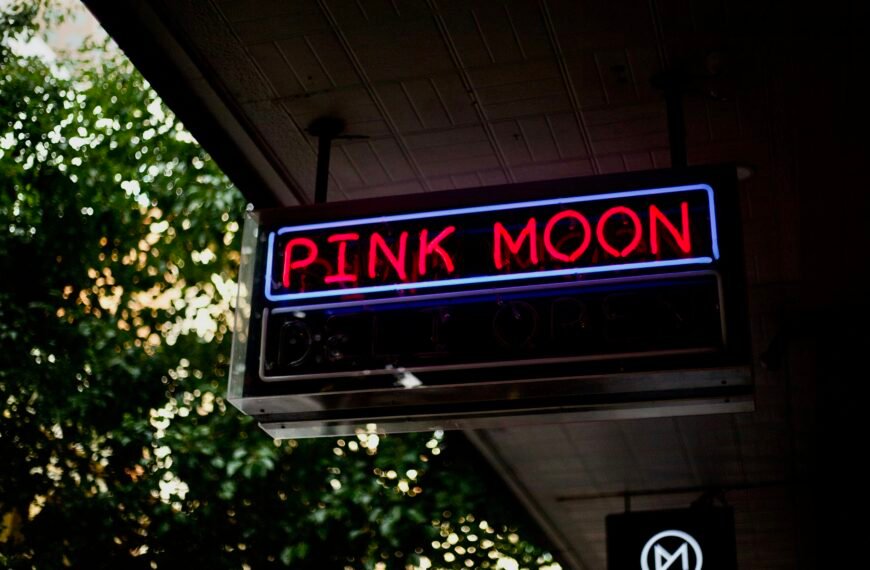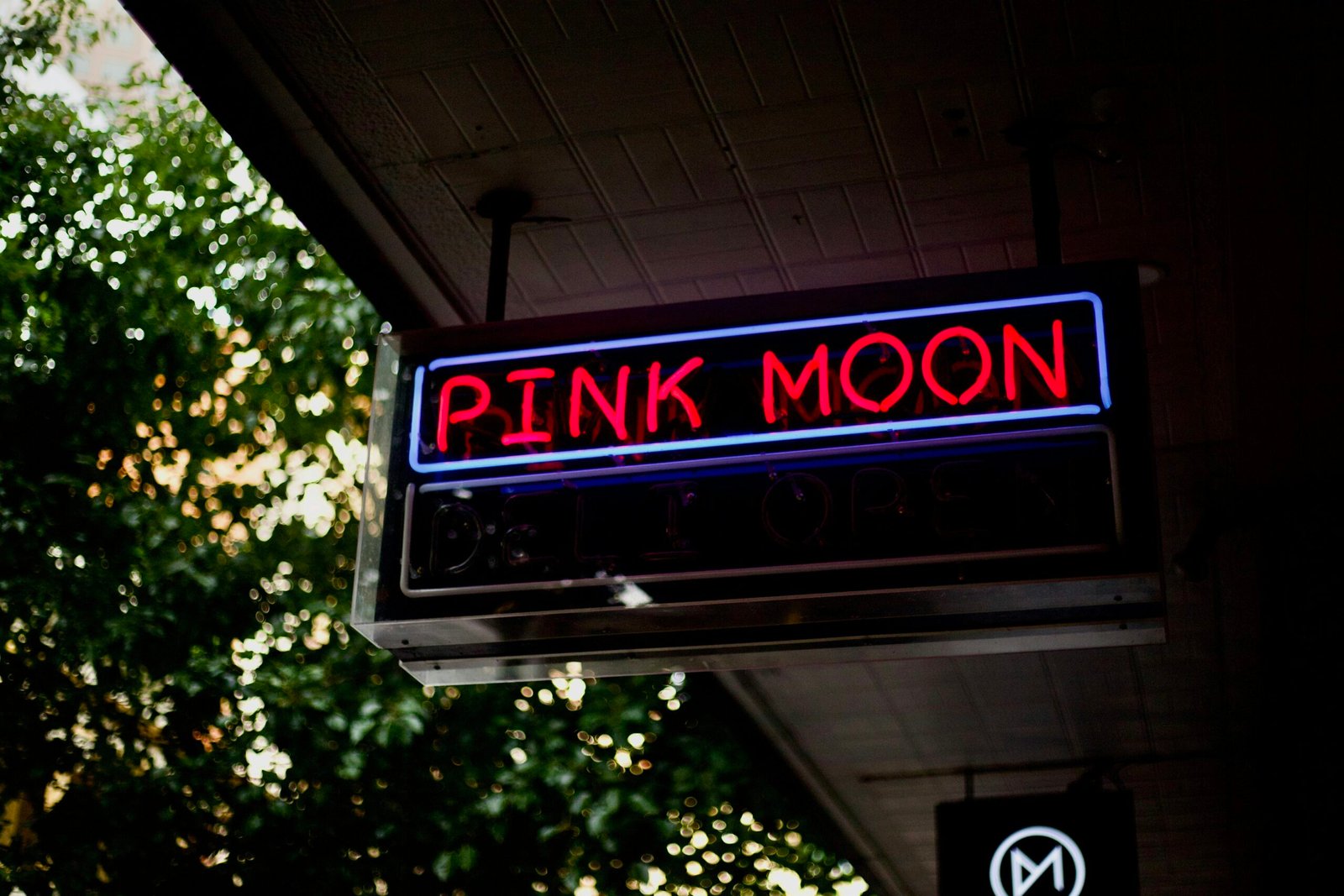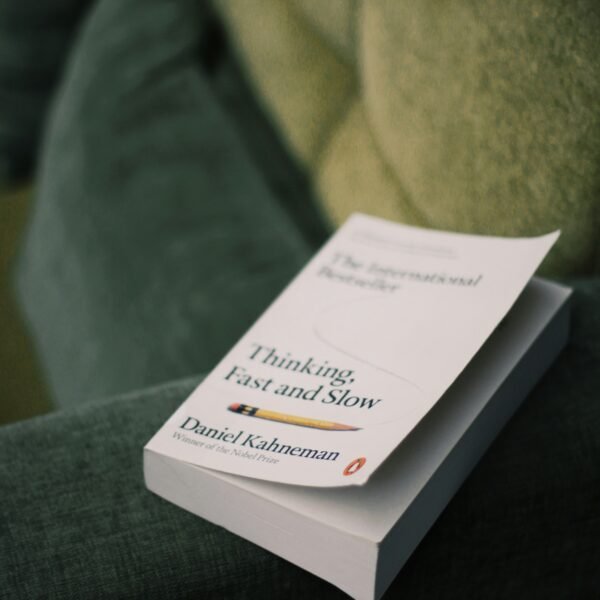Welcome to the captivating world of Native Modern Art, where Mary Sully’s incredible work has finally found its way to the prestigious Metropolitan Museum of Art. Almost lost to history, Sully’s color-pencil-and-ink drawings, hidden in a cardboard box for decades, have now been unveiled for all to see. Through a unique blend of Modernist geometries and Dakota Sioux beadwork and quilting, Sully’s art is described as “symphonically bicultural” by critics, offering a glimpse into her rich cultural heritage and artistic vision. With each drawing consisting of three panels that tell a visual story of American popular culture in the early 20th century, Sully’s work is a true masterpiece waiting to be discovered. Have you ever wondered how art can transcend time and space, capturing the essence of different cultures and histories? In this article, we will explore the fascinating journey of one Native American artist, Mary Sully, whose work went from being stored in a cardboard box to now being showcased at the prestigious Metropolitan Museum of Art. Join us as we delve into the world of Native Modern Art and uncover the hidden gems of Mary Sully’s artistic legacy.
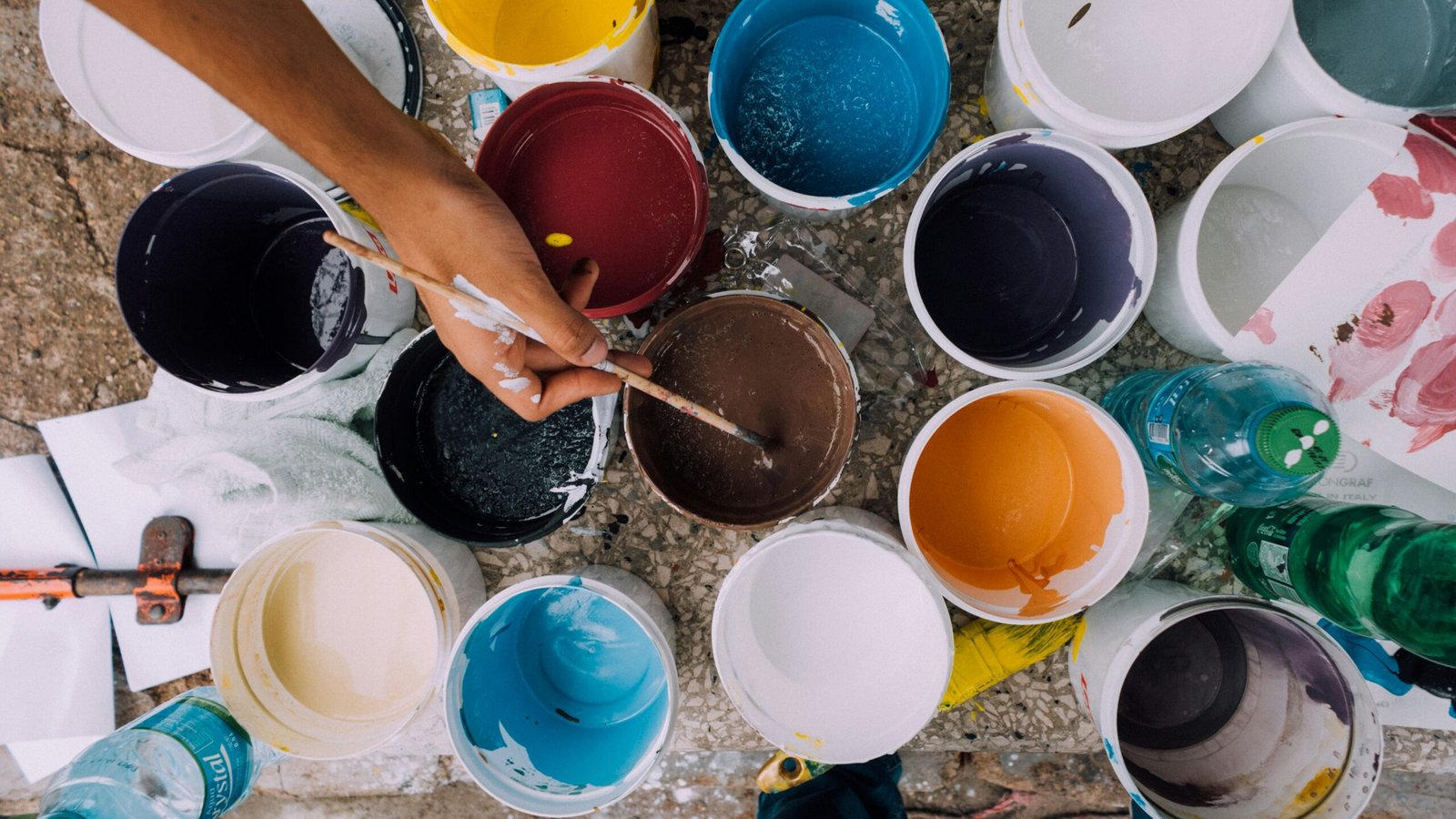
Uncovering Mary Sully’s Artistic Legacy
Mary Sully, a Dakota Sioux artist, led a quiet life creating over 200 color-pencil-and-ink drawings that were nearly lost to history. After her passing in 1963, her artwork remained hidden in a cardboard box until it was discovered by her niece in 2006. The intricate drawings, ranging from the 1920s to the 1940s, showcase a blend of Modernist geometries and traditional Dakota Sioux beadwork and quilting. Through the efforts of her great-nephew, Philip J Deloria, her work was documented in a book and eventually acquired by the Met for a groundbreaking exhibition.
From Hidden Treasures to Museum Showcase
The Met’s exhibition, “Mary Sully: Native Modern,” curated by Patricia Marroquin Norby and Sylvia Yount, brings 25 of Sully’s drawings to the forefront, shedding light on her artistic brilliance. The exhibition features triptych drawings, each comprising three separate vertical panels on paper. The vibrant colors and intricate patterns in Sully’s work create a visual symphony that transcends cultural boundaries. By showcasing the complexity of her art, the exhibition highlights the intricate storytelling and cultural fusion embedded in each drawing.
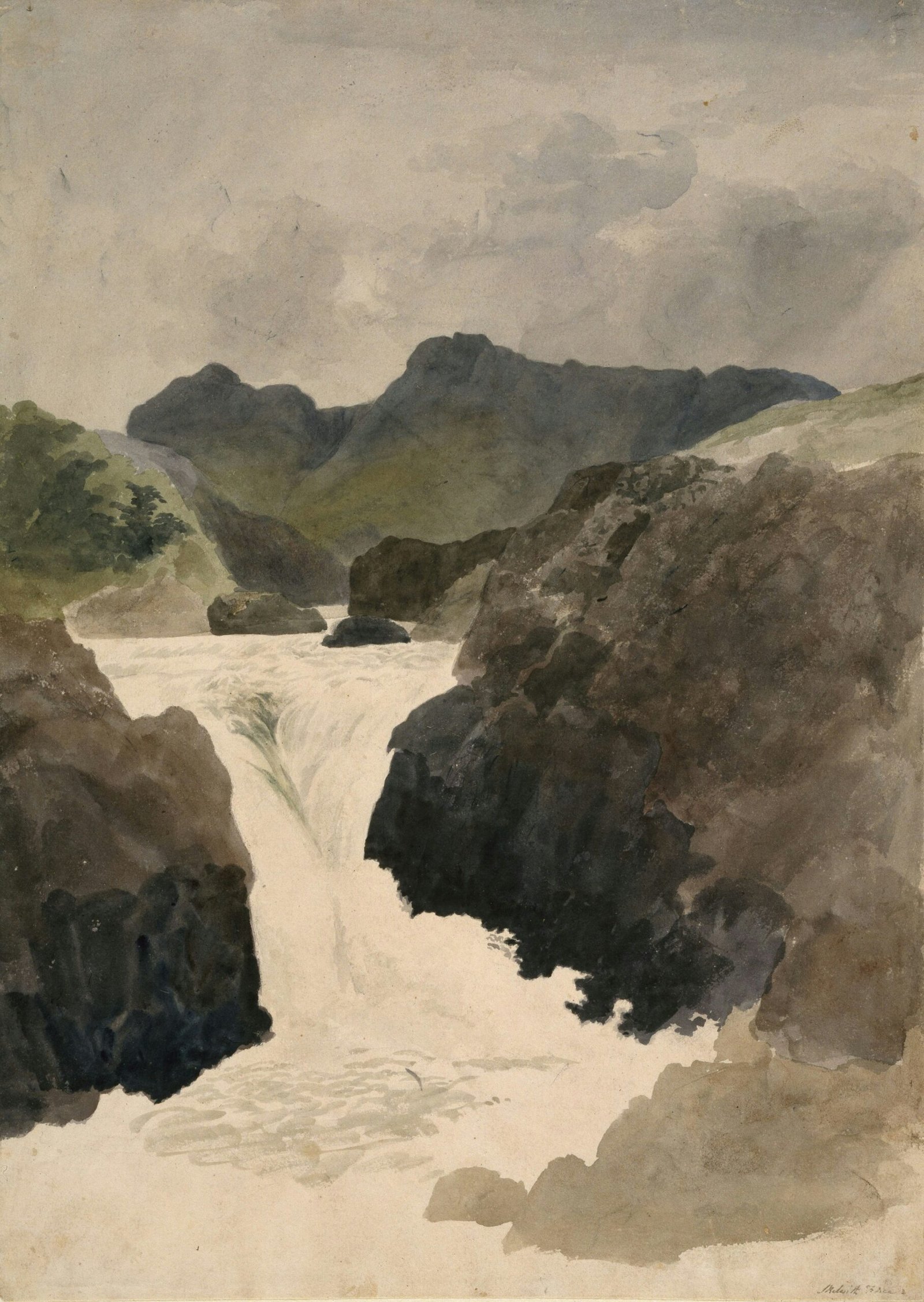
Exploring Mary Sully’s Artistic Style
Mary Sully’s artistic style is a harmonious blend of Modernist influences and traditional Native American aesthetics. Her intricate use of color and form reflects her unique perspective as a Dakota Sioux artist living in a rapidly changing world. Many of her top panels are illustrational, drawing inspiration from American popular culture of the early 20th century. Through her drawings, Sully weaves together a narrative that explores identity, heritage, and the intersection of tradition and modernity.
Symbolism in Sully’s Drawings
One of the fascinating aspects of Mary Sully’s drawings is the rich symbolism embedded within each panel. From intricate geometric patterns to symbolic motifs borrowed from Dakota Sioux beadwork and quilting, Sully’s art is a tapestry of cultural references. Each drawing tells a story, inviting viewers to delve deeper into the complexities of Native American art and identity. By exploring the symbolism in Sully’s work, we gain a deeper appreciation for the layers of meaning woven into each panel.
The Intersection of Tradition and Innovation
At the heart of Mary Sully’s artistry lies the seamless integration of tradition and innovation. By marrying Modernist aesthetics with traditional Native American techniques, Sully creates a visual language that transcends time and space. Her drawings serve as a bridge between past and present, inviting viewers to reconsider the boundaries of art and cultural expression. Through her exploration of bicultural themes, Sully challenges the notion of a singular artistic identity and celebrates the richness of cultural diversity.
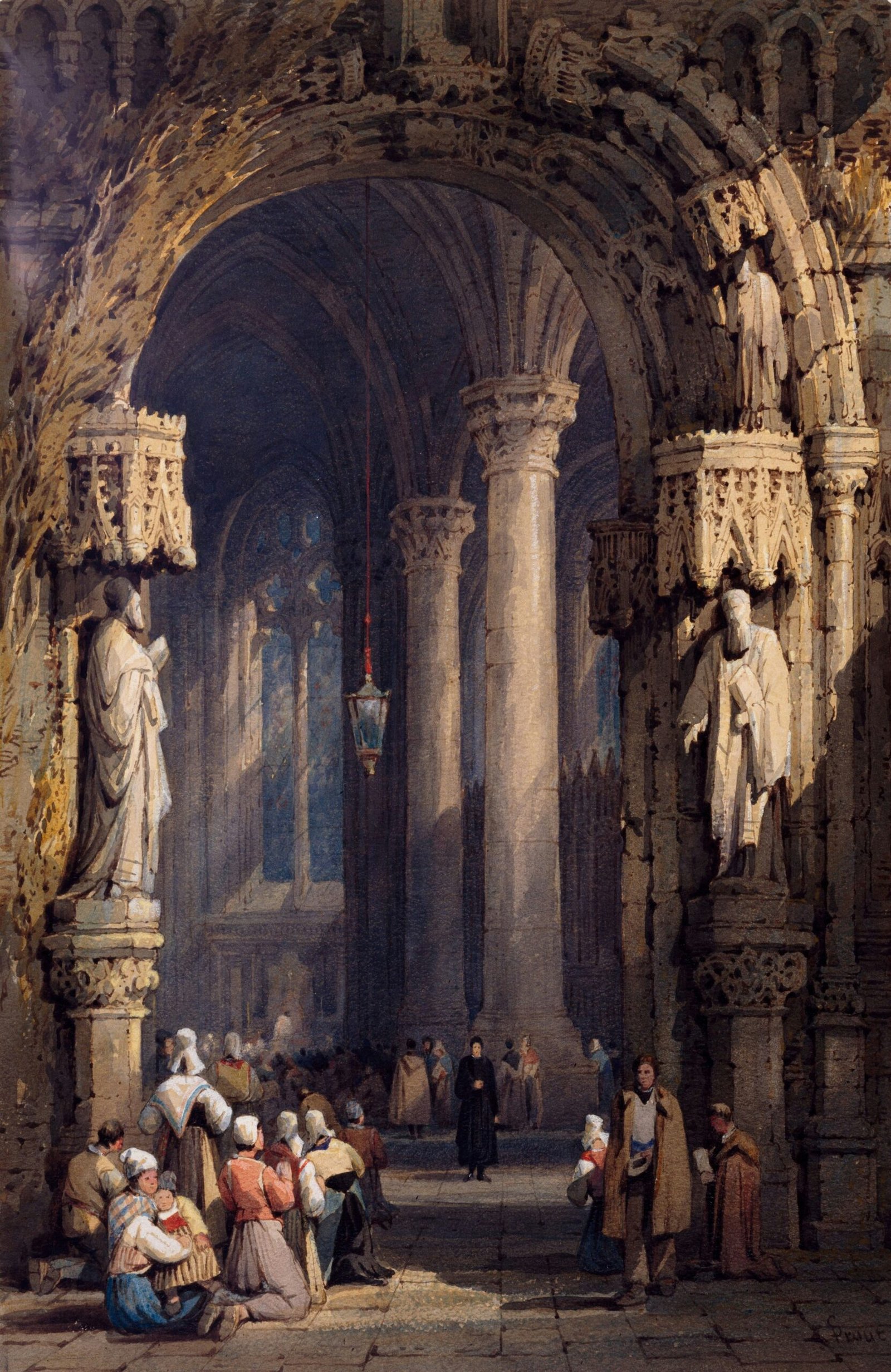
Impact of Mary Sully’s Art on Contemporary Art
Mary Sully’s artistic legacy continues to resonate in the contemporary art world, inspiring a new generation of artists and scholars. Her unique blend of cultural influences and artistic techniques has paved the way for a deeper exploration of Native American art and its intersection with global modernism. By uncovering the hidden treasures of Sully’s artistic oeuvre, we gain insight into the complex dynamics of cultural exchange and artistic innovation. As her drawings make their debut at the Met, they serve as a testament to the enduring power of art to transcend boundaries and unite diverse cultural traditions.
Reimagining the Narrative of Native American Art
Through the lens of Mary Sully’s art, we are invited to reimagine the narrative of Native American art and its place in the broader art historical canon. By centering the voices of Indigenous artists like Sully, we challenge the dominant narratives that have historically marginalized Native American artistic contributions. Through her vibrant visual storytelling, Sully reclaims the agency of Native artists in shaping the cultural landscape of the American art scene. Her work serves as a reminder of the richness and diversity of Native American artistic traditions that continue to inspire and captivate audiences worldwide.
Bridging the Past and Present
As we reflect on Mary Sully’s journey from a cardboard box to the Met, we are reminded of the power of art to bridge the past and present. Her drawings, once hidden from view, now stand as a testament to the enduring legacy of Indigenous creativity and resilience. By celebrating the complexity of Sully’s artistic vision, we honor the voices of Native artists who have contributed to the cultural tapestry of the American art scene. Through her work, Sully invites us to explore the intersections of tradition and innovation, reminding us of the transformative power of art to transcend boundaries and unite diverse voices in a symphony of creativity.
In conclusion, Mary Sully’s remarkable journey from obscurity to acclaim at the Met is a testament to the enduring power of art to capture the essence of cultural diversity and historical legacy. Her visionary blend of Modernist aesthetics and traditional Native American motifs continues to inspire and challenge our perceptions of art and identity. As we embark on this exploration of Native Modern Art, we are reminded of the profound impact that artists like Mary Sully have had on shaping the narrative of American art and culture. Through her vibrant visual storytelling, Sully invites us to reconsider the boundaries of art and tradition, inviting us to explore the complexities of bicultural identity and creative expression. Together, let us celebrate the legacy of Mary Sully and the transformative power of art to unite and inspire us across time and space.

